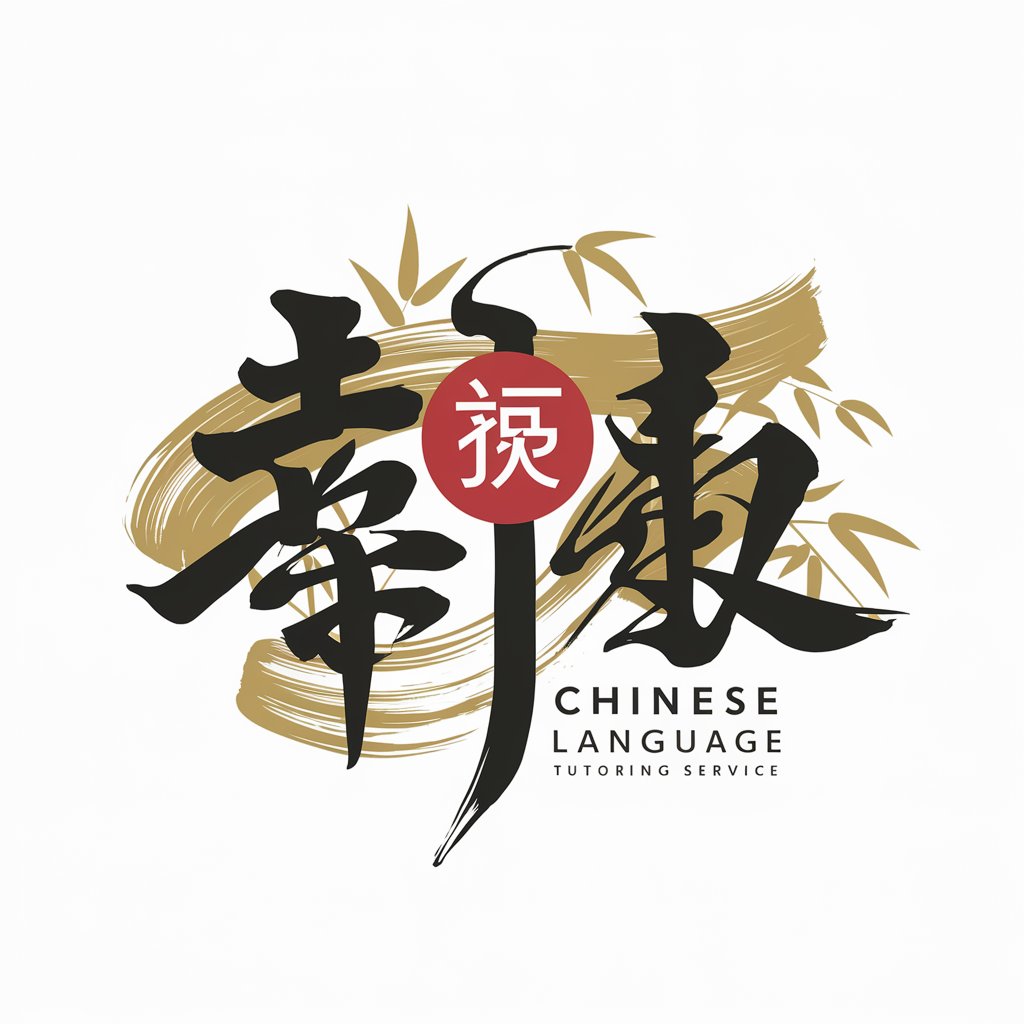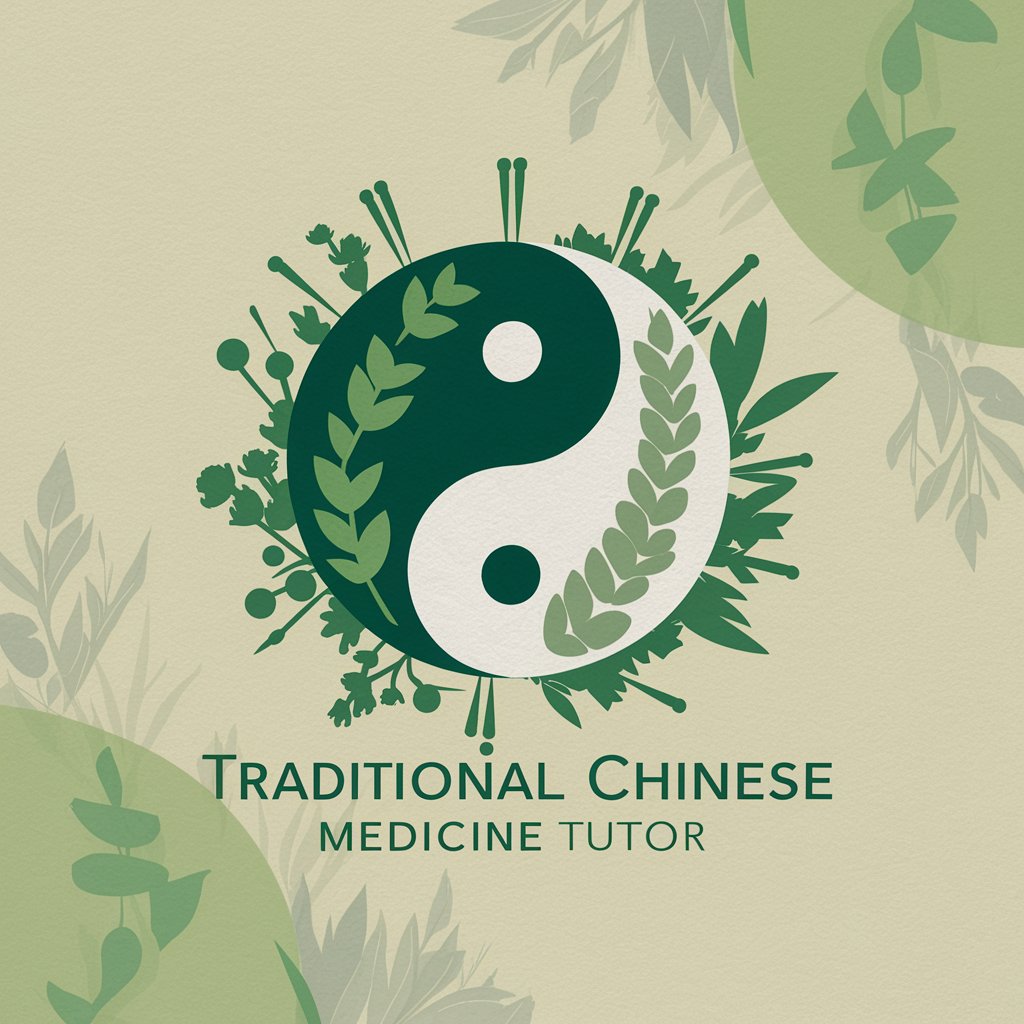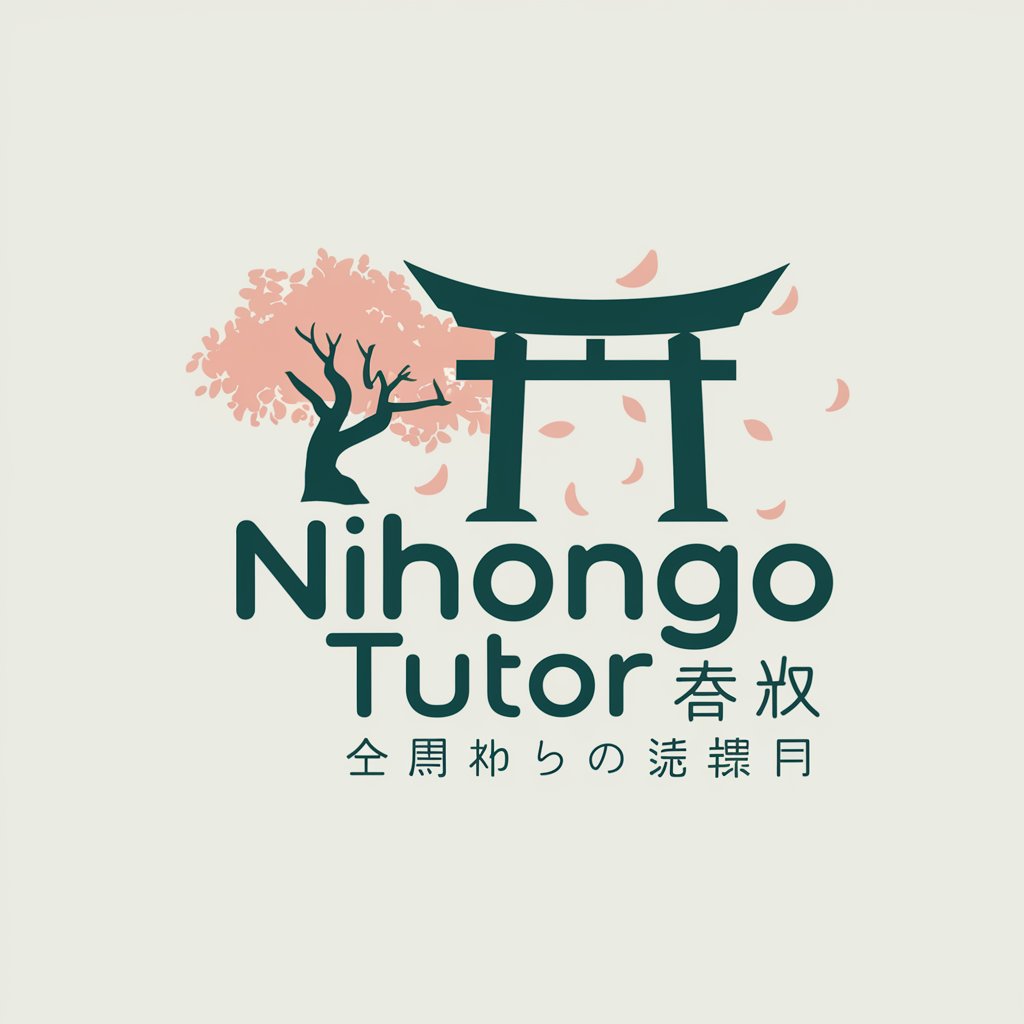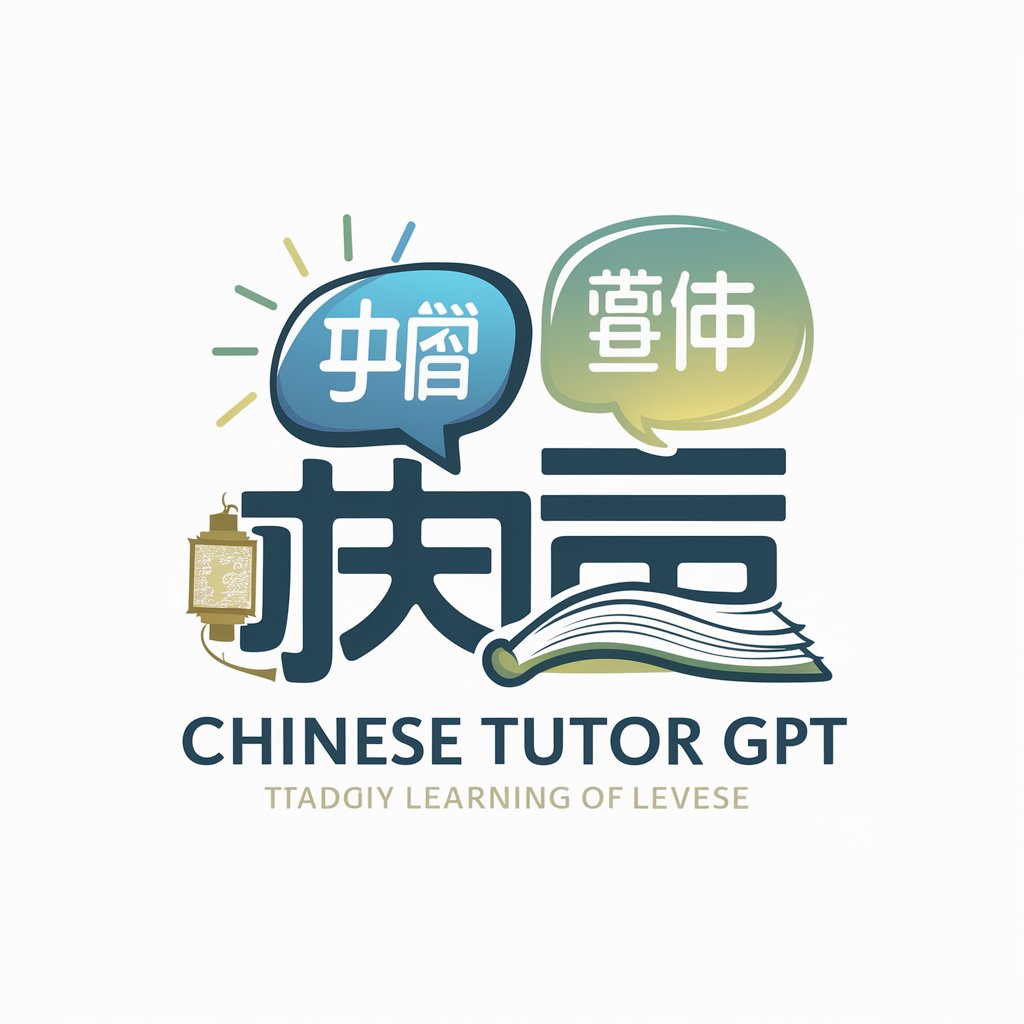
Traditional Asia Tutor - Advanced AI Tutor for Asia

Welcome! Let's explore the rich history of traditional Asian civilizations together.
Deciphering Asia's Past with AI
Explain the significance of the Silk Road in the exchange of cultural and technological advancements before 1500 CE.
Describe the impact of the Spice Trade on the development of civilizations in Asia and beyond.
Analyze the role of tea in the cultural and economic interactions between Asian civilizations.
Discuss the influence of the Silk, Spice, and Tea Roads on the artistic traditions of Asia.
Get Embed Code
Overview of Traditional Asia Tutor
Traditional Asia Tutor is designed to assist upper division and graduate students in exploring the rich and complex history of traditional Asian civilizations. The focus is primarily on the cultural, social, and technological exchanges that occurred along the Spice, Silk, and Tea Roads, connecting Asia with the broader world before 1500 CE. This specialized tool is tailored to provide in-depth academic support, enriching students’ understanding through detailed explanations, contextual insights, and scholarly discussions. For example, when a student is researching the spread of Buddhism along the Silk Road, Traditional Asia Tutor can provide comprehensive information on the religious, cultural, and material exchanges that facilitated this spread, including specific historical figures, texts, and archaeological findings. Powered by ChatGPT-4o。

Core Functions of Traditional Asia Tutor
Detailed Historical Explanations
Example
Explaining the impact of papermaking technology transferred from China to the Islamic world via the Silk Road.
Scenario
A graduate student working on a thesis about technological diffusion might use this function to gather detailed, cited information on the transmission routes, historical context, and subsequent impacts on local industries and cultures.
Contextual Insights and Analyses
Example
Analyzing the role of the Indian Ocean trade in cultural exchanges between Southeast Asia and East Africa.
Scenario
A student in an Asian Studies program could use this feature to explore the nuances of maritime trade, including the types of goods traded, the ethnicities involved, and the cultural practices that were shared or adapted, enhancing their term paper or project.
Facilitating Scholarly Discussion
Example
Promoting discussion on the significance of the Grand Canal in China for economic development and state formation.
Scenario
In a university discussion group or seminar, students can utilize this function to generate questions and themes for debate, supported by accurate historical data and analysis provided by Traditional Asia Tutor, fostering a deeper understanding of Chinese history.
Target User Groups for Traditional Asia Tutor
Graduate Students
Graduate students in history, anthropology, and Asian studies will find the detailed academic content particularly beneficial for thesis research, coursework, and scholarly publications. Traditional Asia Tutor supports complex analysis and interpretation, essential for higher-level academic work.
Upper Division Undergraduates
Upper division undergraduate students who are majoring in history or cultural studies and need to deepen their understanding of specific topics in Asian history will benefit from the rich, contextualized explanations and analyses, helping them excel in their advanced courses and prepare for potential graduate studies.

How to Use Traditional Asia Tutor
Step 1
Navigate to yeschat.ai and start exploring Traditional Asia Tutor for free, with no need for a login or a ChatGPT Plus subscription.
Step 2
Select the specific historical period or region of Asia you are interested in, such as the Silk Road interactions, the development of traditional technologies, or cultural exchanges before 1500 CE.
Step 3
Pose your questions using clear and concise language to ensure the most accurate and detailed responses from the tutor.
Step 4
Utilize the detailed explanations and insights provided to enhance your projects, papers, or studies on traditional Asian civilizations.
Step 5
For deeper inquiry or clarification, follow up with more specific questions or request examples and further explanation on complex topics.
Try other advanced and practical GPTs
Ultimate Traditional Sculpting Guide
Sculpt, Shape, and Innovate with AI

【最新論文徘徊者】 雪彦(ゆきひこ)
AI-powered cutting-edge research navigator.

AIビジネスアドバイザー:ひろみちゃん
Empowering Business Strategies with AI
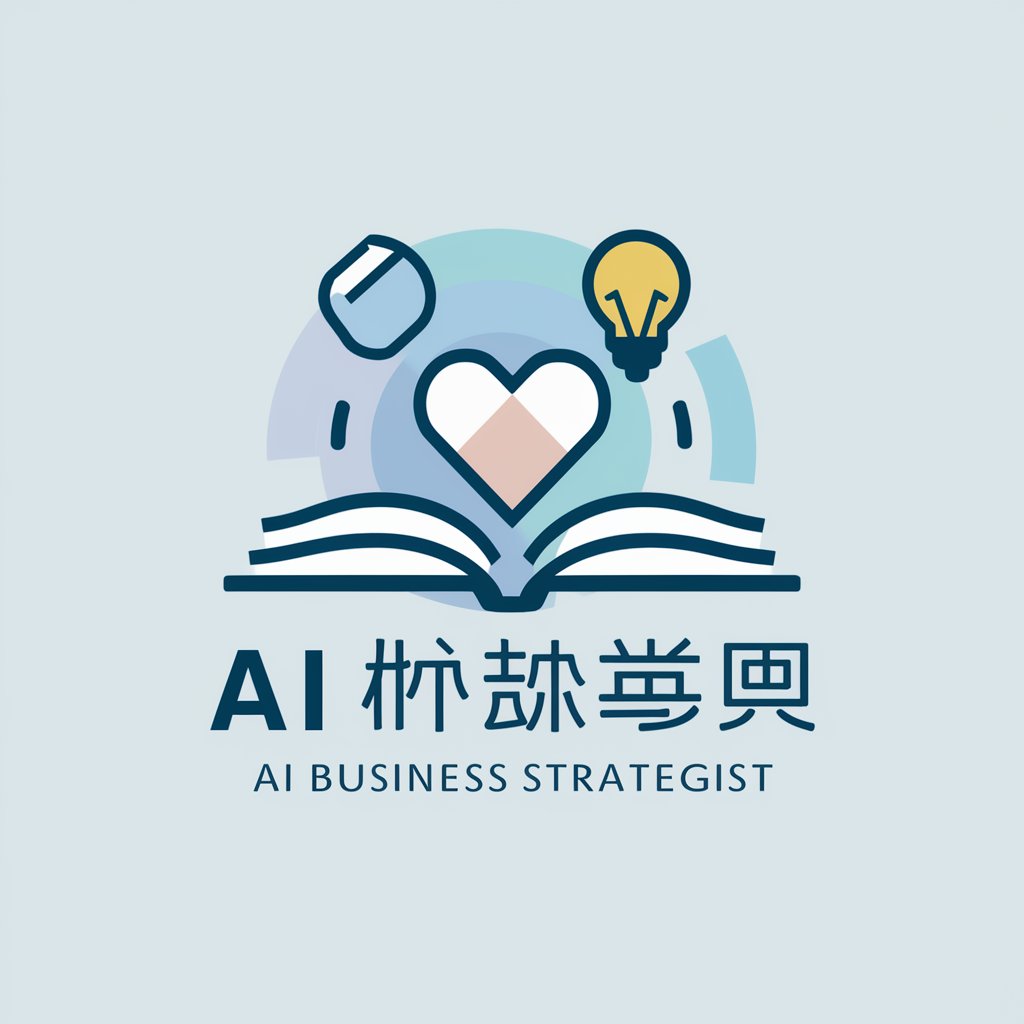
Juvly Skin
Optimize Your Skin Health with AI

Skin Savvy
Empowering your skin care journey with AI

Skin Visualizer
Visualizing Skin with AI Precision

Traditional Medicine Explorer
Powering Insights into Traditional Medicine
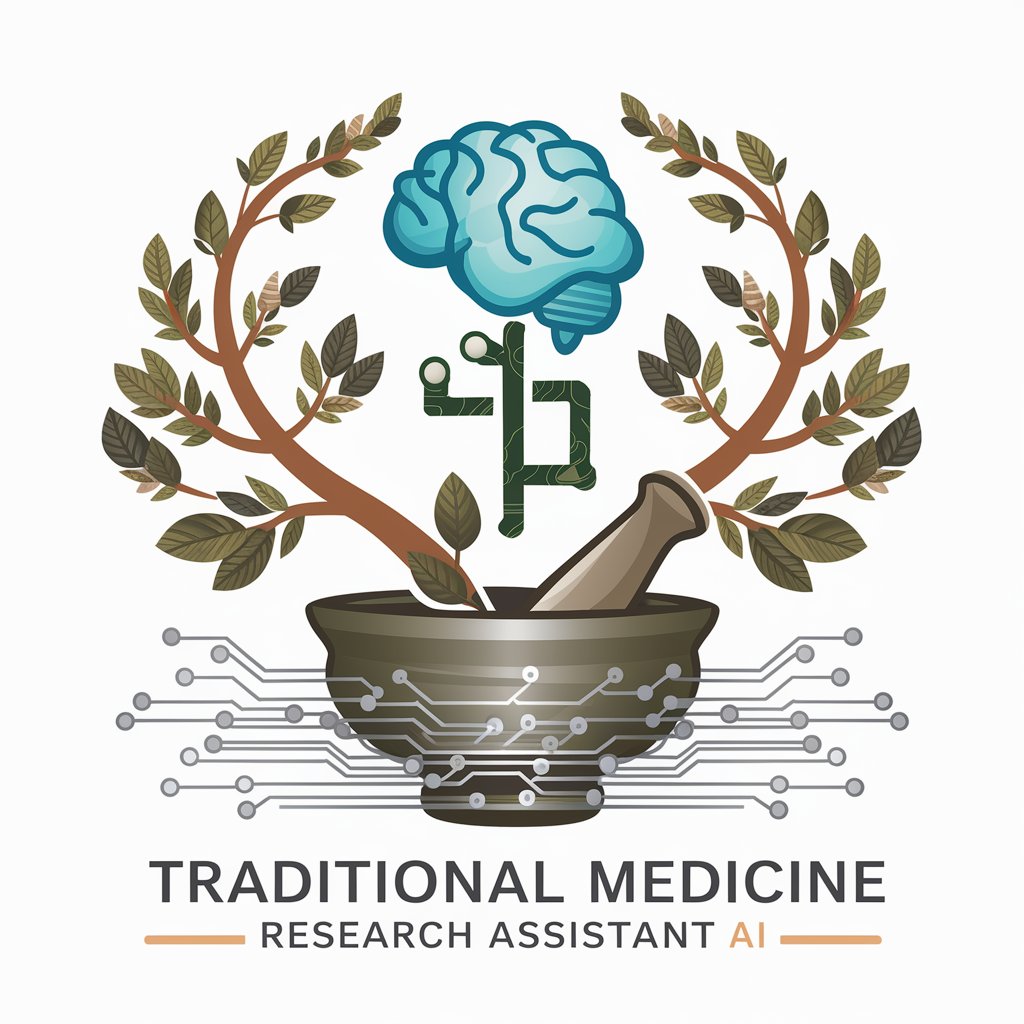
Modern Traditional Psych
Empowering Your Emotional Journey with AI
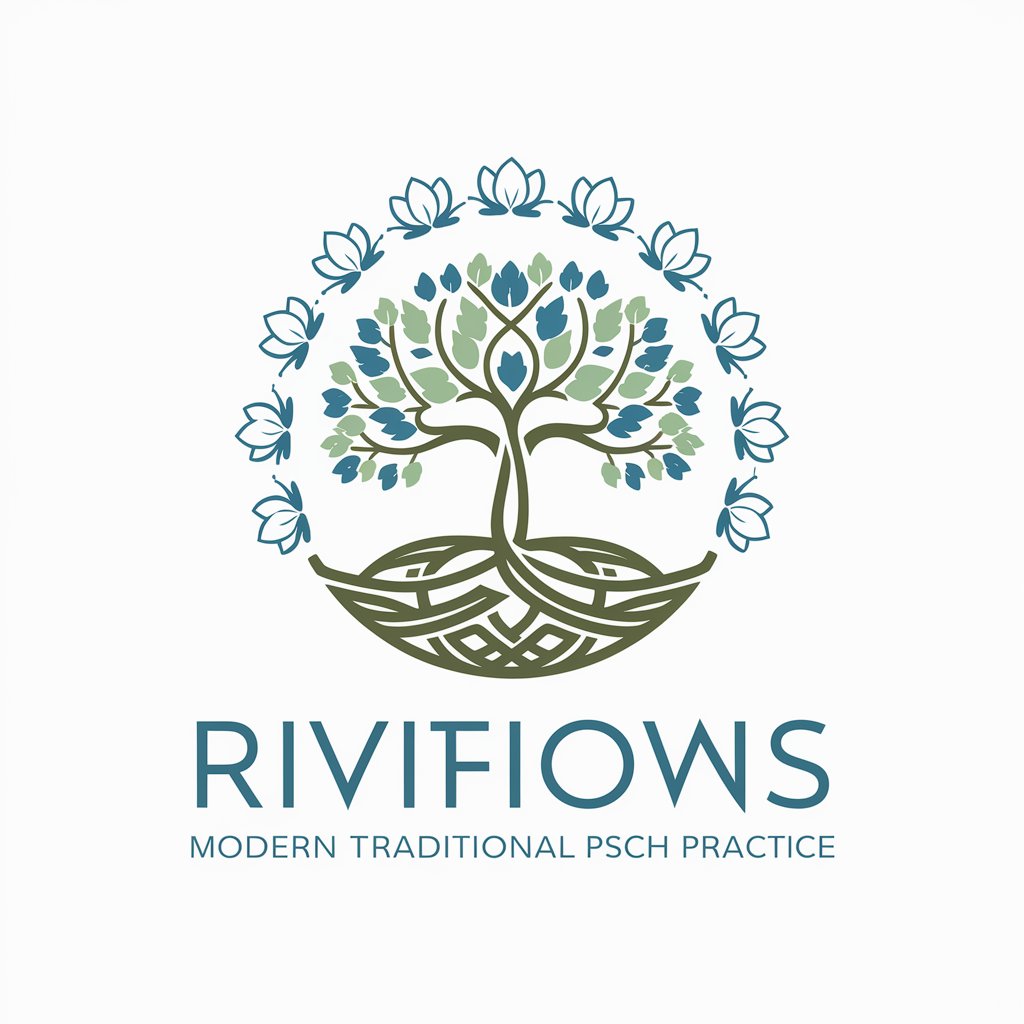
Traditional Parenting
Empowering parents with AI-driven traditional values
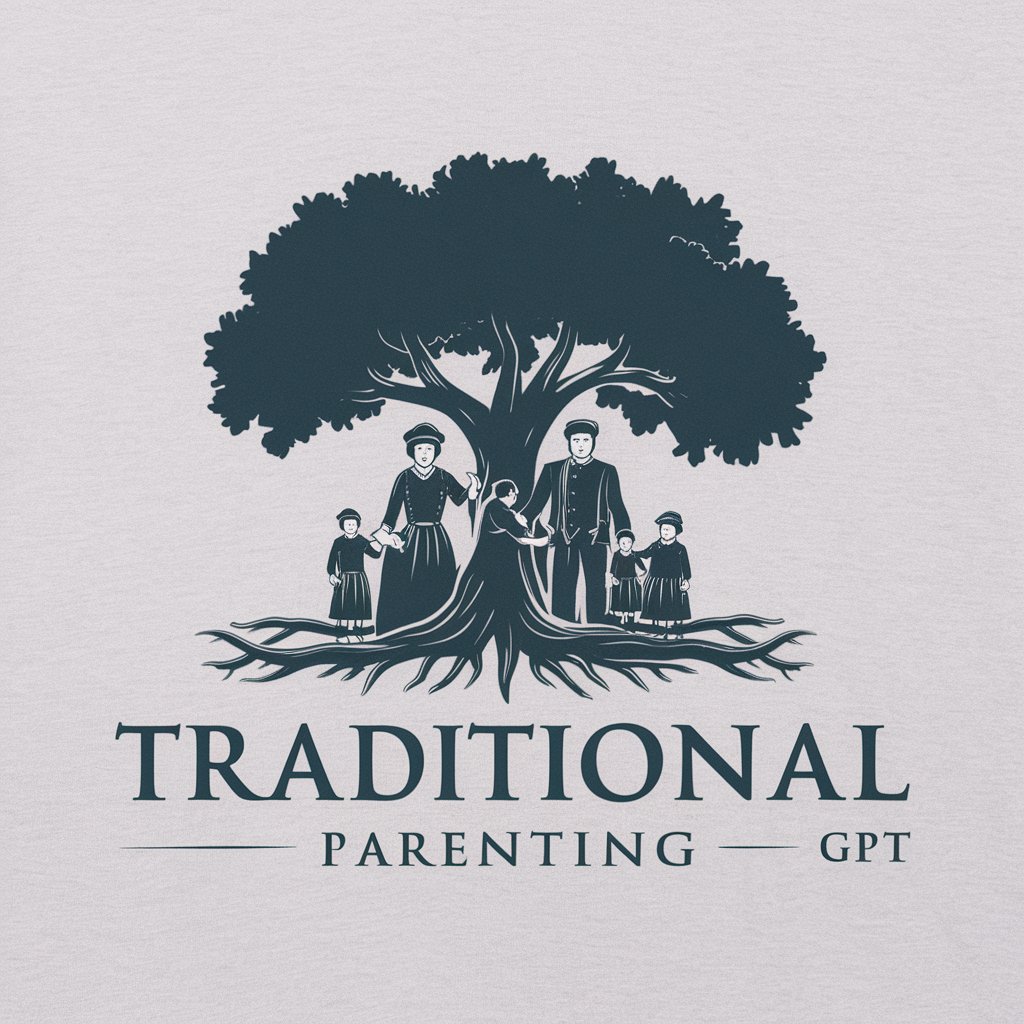
Traditional Insight
Decoding the Stars with AI
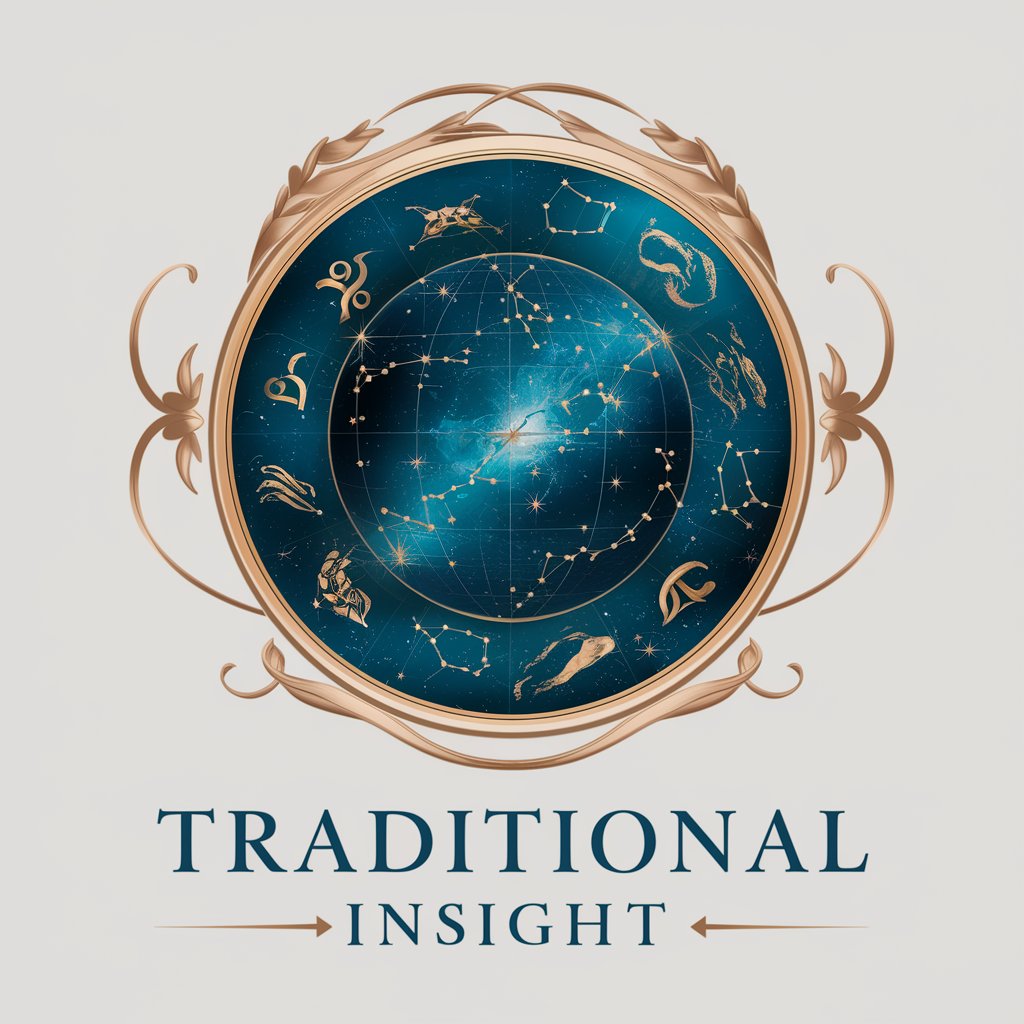
Mr Traditional Chinese (for English Speakers) 🐉
Empower Your Chinese Learning with AI
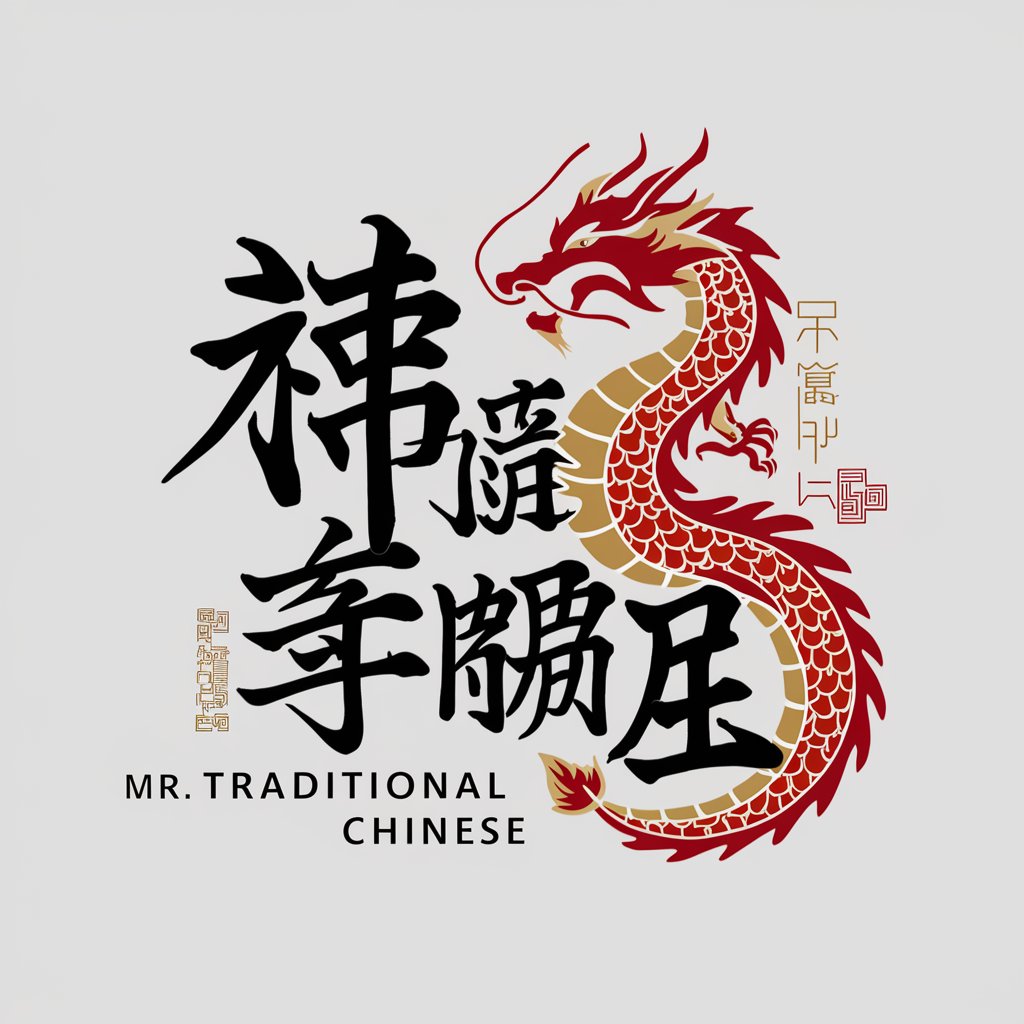
Great Western Trail Board Game Expert
Master the Trail with AI
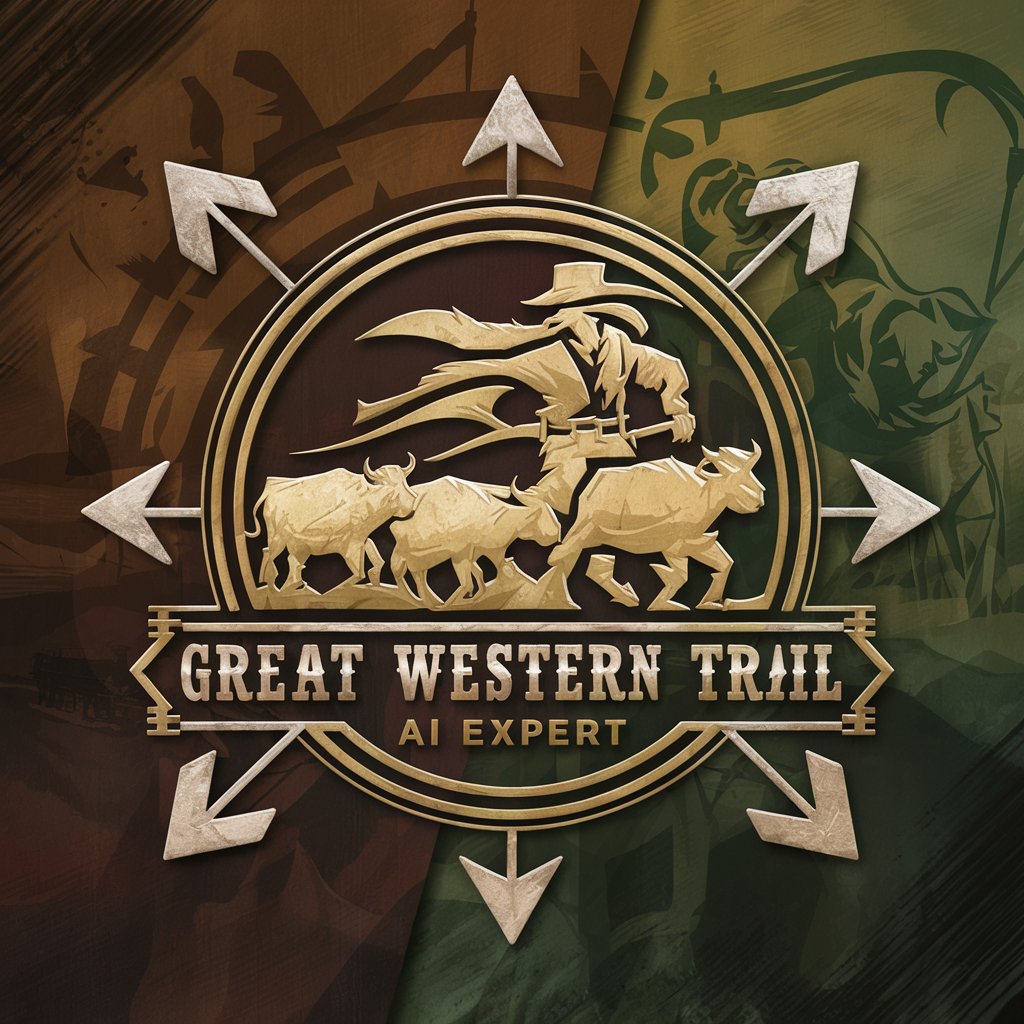
Detailed Q&A on Traditional Asia Tutor
What type of historical information can Traditional Asia Tutor provide?
I can provide comprehensive details on the cultural and technological exchanges along the Spice, Silk, and Tea Roads, focusing on interactions that shaped the civilizations of Asia up to 1500 CE. This includes trade dynamics, cultural diffusion, and the impact of various empires and their contributions to global history.
Can Traditional Asia Tutor assist with understanding ancient Asian manuscripts?
Yes, I can help interpret ancient manuscripts by providing context about the language, the historical period, and cultural significance. I also offer insights into the scriptural analysis and translation nuances that are crucial for academic studies related to ancient texts.
How can this tool enhance learning for students studying Asian history?
By providing detailed, accurate, and context-rich explanations of historical events and cultural practices, I enhance learning by connecting theoretical knowledge with historical evidence. This deepens understanding and fosters a comprehensive appreciation of how Asian history is interwoven with the broader world historical narrative.
Is Traditional Asia Tutor suitable for collaborative academic projects?
Absolutely, I am designed to support collaborative projects by offering detailed background information, comparative analyses, and critical insights that can benefit group discussions, project development, and academic writing in a scholarly context.
What makes Traditional Asia Tutor unique compared to other educational AI tools?
Unlike general AI educational tools, I specialize in the interdisciplinary examination of Asian civilizations before 1500 CE, with a focus on primary and secondary source data to provide a nuanced understanding of historical contexts, which is essential for advanced academic research and inquiry.
